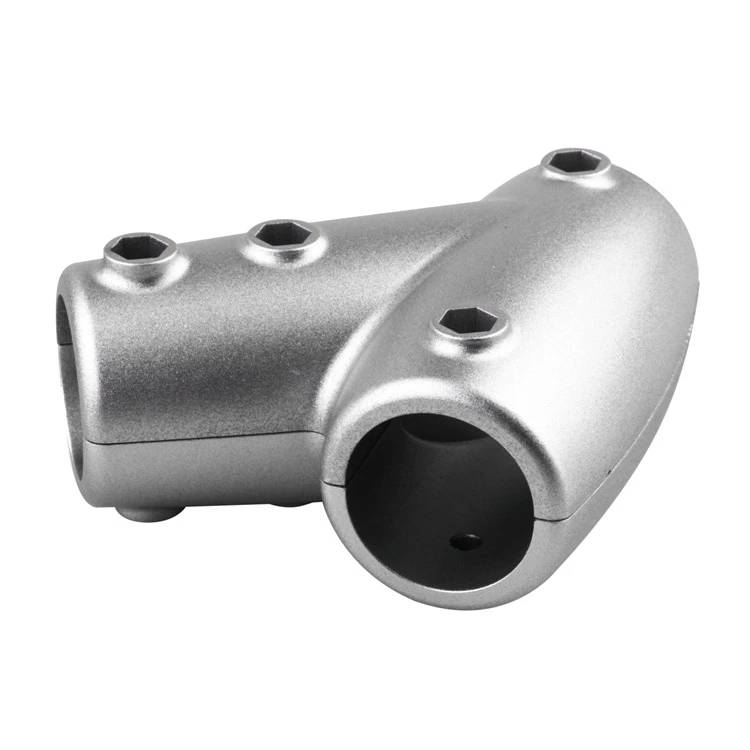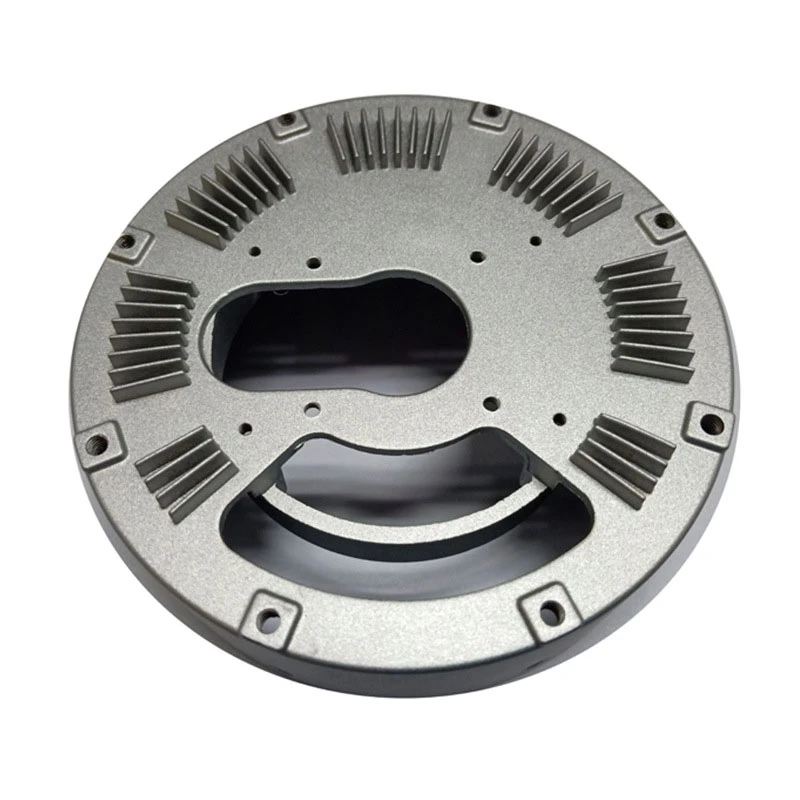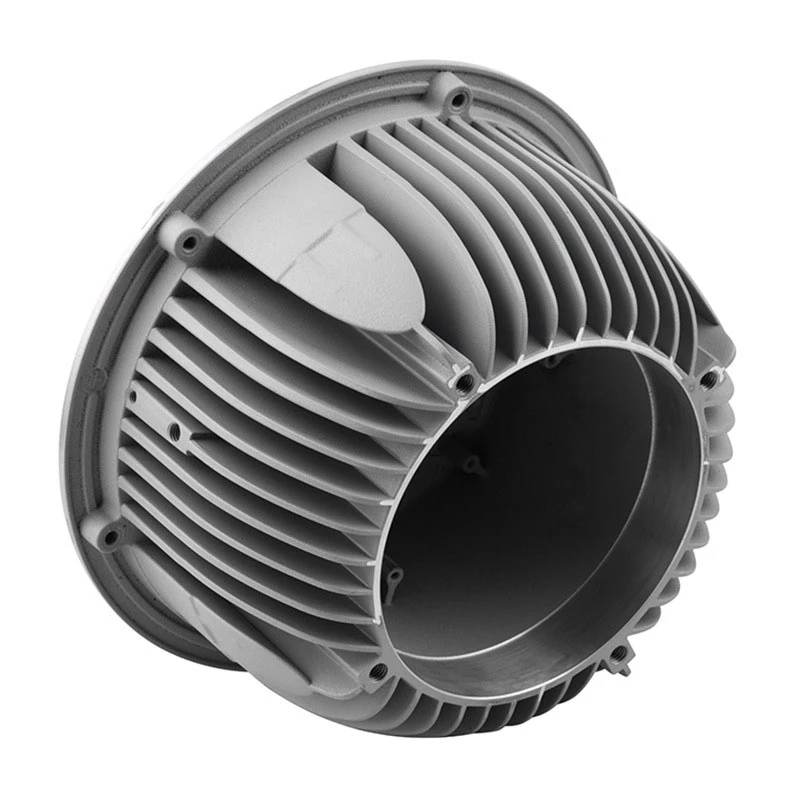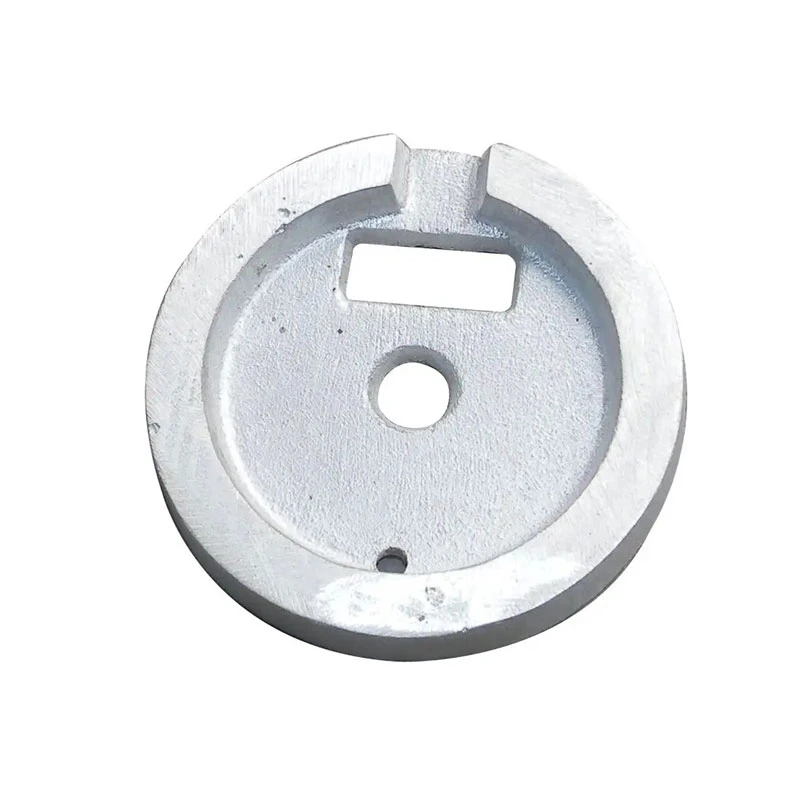die casting reasons
The Advantages of Die Casting Reasons for Its Popularity in Manufacturing
In the ever-evolving landscape of manufacturing, efficiency, precision, and cost-effectiveness are paramount. Among the various metal forming processes, die casting stands out for its remarkable benefits. Die casting is a manufacturing process that involves forcing molten metal into a mold cavity under high pressure. This technique has been widely adopted across a multitude of industries, including automotive, aerospace, and consumer products. Here, we explore the reasons why die casting is becoming increasingly favored in modern manufacturing.
1. High Precision and Detail
One of the primary reasons manufacturers opt for die casting is the remarkable precision it offers. The process enables the creation of complex shapes and intricate designs with tight tolerances. This high level of accuracy is crucial for industries such as the automotive sector, where even a minor deviation can lead to significant performance issues. The capability to maintain consistent dimensional accuracy not only enhances product quality but also reduces the need for secondary operations, such as machining, thereby saving time and resources.
2. Enhanced Production Efficiency
Die casting is renowned for its speed and efficiency. Once the initial mold is created, the process allows for high-quality mass production with minimal time delays. A single die-casting machine can produce thousands of parts in a day, meaning manufacturers can scale production quickly to meet market demands. This rapid turnaround is particularly advantageous in industries where time-to-market can make or break a product's success. The ability to produce large quantities without compromising quality or precision ensures that companies can maintain a competitive edge.
3. Superior Material Properties
Die casting typically uses non-ferrous metals such as aluminum, zinc, and magnesium, which exhibit excellent mechanical properties. Products created through die casting are known for their strength, durability, and resistance to corrosion. Aluminum die casts, for instance, are lightweight yet strong, making them ideal for applications in the automotive and aerospace industries, where reducing weight contributes to improved fuel efficiency. The use of high-quality materials combined with the die-casting process ensures that end products can withstand rigorous use and environmental conditions.
die casting reasons

While the initial investment in die-casting molds can be significant, the long-term cost savings are substantial. The high production rates associated with die casting translate into lower costs per unit, particularly for large production runs. Furthermore, the reduced need for secondary operations minimizes labor and machining costs. As a result, manufacturers can achieve a favorable return on investment while delivering high-quality products at competitive prices. This cost-effectiveness plays a crucial role in decision-making processes for many companies.
5. Reduced Waste
The die casting process is inherently efficient, producing minimal scrap material. Unlike other metalworking techniques that may involve cutting away excess material, die casting utilizes nearly all of the material melted down. This reduction in waste not only contributes to lower costs but also aligns with modern sustainability goals. Companies aiming to reduce their environmental footprint find die casting to be an appealing option, as it promotes responsible material usage and minimizes waste.
6. Versatility in Applications
The versatility of die casting cannot be overstated. It finds applications across diverse industries, from automotive parts to consumer electronics and beyond. This adaptability extends to the types of metal alloys that can be used, allowing manufacturers to choose materials that best meet their product specifications and performance requirements. Whether producing intricate components for machinery or lightweight housing for electronics, the potential applications of die casting are virtually limitless.
Conclusion
Given the many advantages above, it is no wonder that die casting is increasingly preferred in various manufacturing sectors. Its precision, efficiency, material properties, cost-effectiveness, waste reduction, and versatility make it an ideal choice for producing high-quality components at scale. As industries continue to seek innovative solutions to satisfy growing demands, die casting will likely remain a cornerstone of efficient manufacturing practices in the foreseeable future. By understanding and leveraging the benefits of die casting, manufacturers can enhance their productivity and sustain their growth in an ever-competitive market.
-
OEM Sand Cast Pump Valve Fittings - Hairun Sourcing | Precision Engineering, Industrial EfficiencyNewsJul.13,2025
-
EcoGuard 3000 - Sustainable Agriculture Solution&Soil Health ImprovementNewsJul.13,2025
-
SmartAgri Solutions: Smart Farming Tech | AI Analytics & IoT SensorsNewsJul.13,2025
-
[Product Name]-[Company Name]|Business Efficiency&InnovationNewsJul.13,2025
-
Smart Factory Solutions-Industrial Efficiency|Real-Time Analytics&Automated WorkflowNewsJul.12,2025
-
OEM Sand Cast Pump Valve Fittings - Hairun Sourcing | Durable, Reliable, CustomizedNewsJul.12,2025















